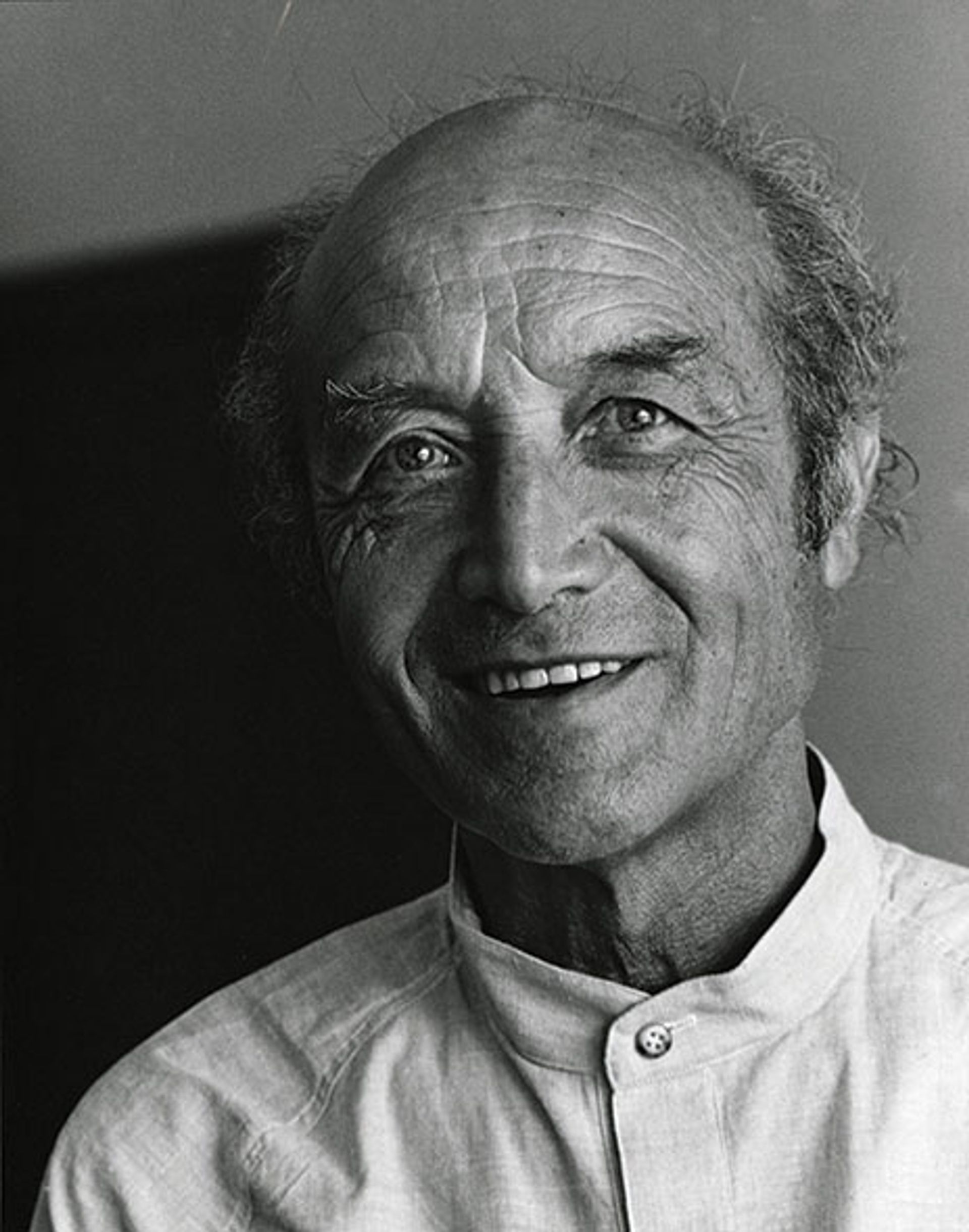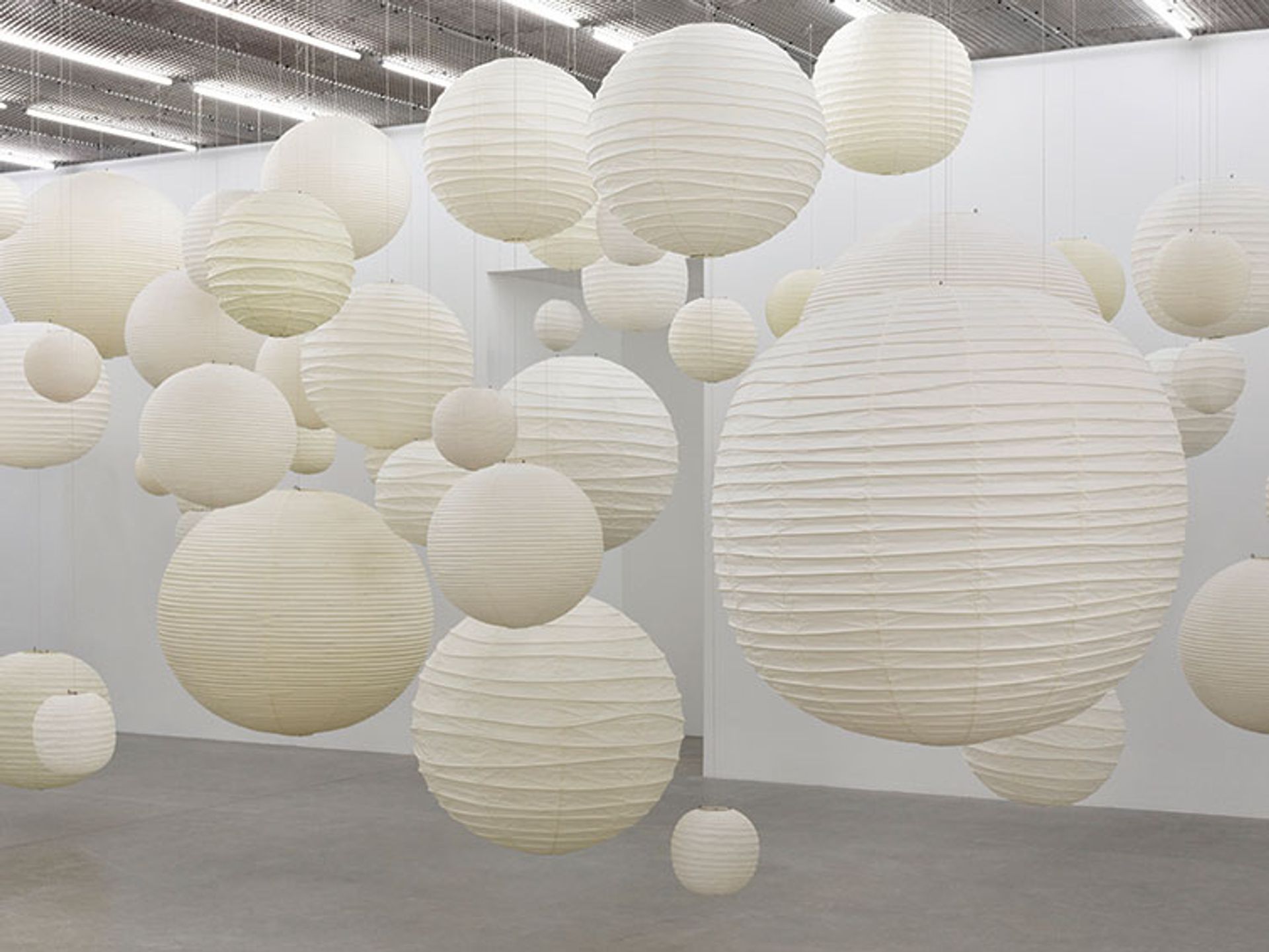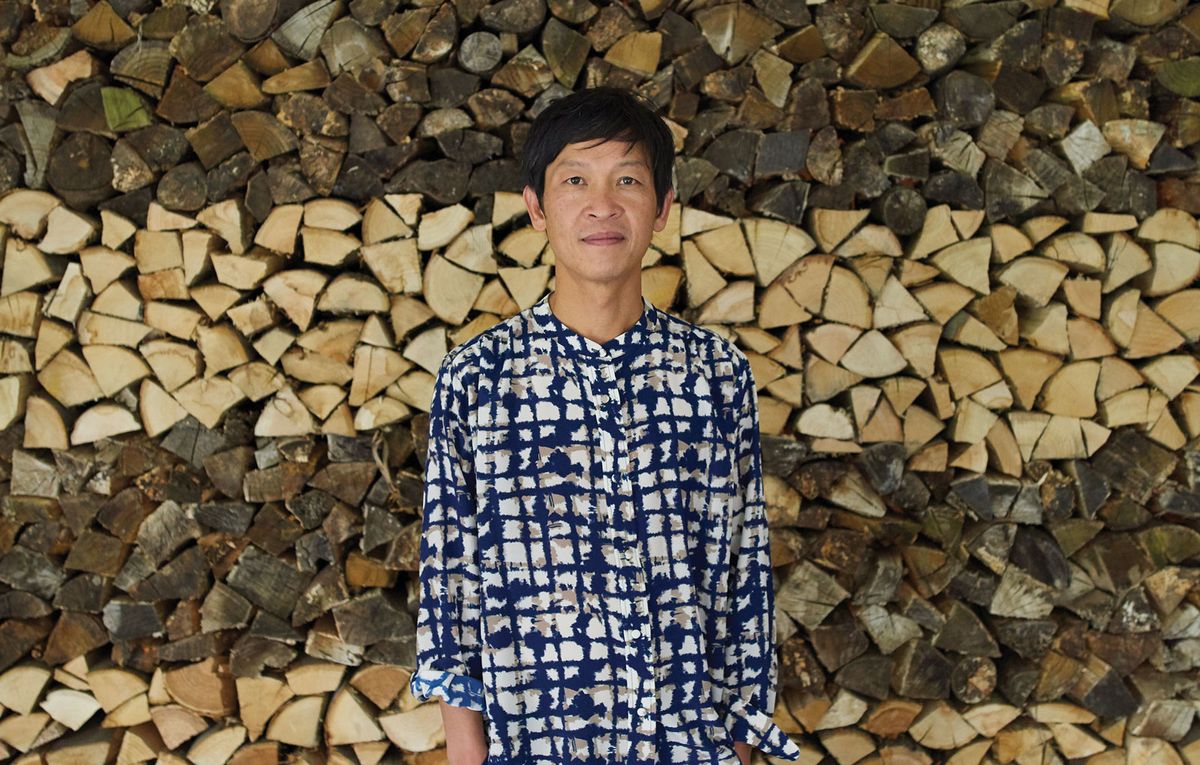“I tend to work a bit kamikaze, things happen in situ.” So says the Danish-Vietnamese artist Danh Vo of an exhibition featuring his works alongside those by Park Seo-Bo, known as the father of the Korean Dansaekhwa movement, and the late American sculptor, architect and designer Isamu Noguchi. Vo is also co-organising the show at Fondazione Querini Stampalia with the museum’s curator Chiara Bertola. Speaking from his farmhouse in Güldenhof, 50km north of Berlin, several months ahead of the exhibition, Vo tells The Art Newspaper how he plans to bring the work of three generations together in Venice and how chaos, rather than order, unites them.
The Art Newspaper: Why did you want to curate this exhibition?
Danh Vo: The privilege of installing other artists’ work is that is when you really get to know them. As a viewer, you just look at things, but when you [curate an exhibition] you feel the full weight of things. It’s an empirical way of learning about works, which I have a latent desire for. It is a privilege—and it’s fun. This will be three different generations, three different mediums. In terms of my work, I will stick to photography—I’m just going to fade out if I show my sculptures together with Noguchi’s. So it will just be these three very classical mediums. What is also very interesting is that the Querini Stampalia is this crazy collage of times and styles, from ancient Venice through to the Modernist period. There have been all these different architects, so that will add another dimension. We are only showing Noguchi’s Akaris [light sculptures] and Park’s paintings are very linear. So it’s a way of testing out all these works, including mine, and how they survived through time, and spread over the whole Querini Stampalia, which is a collage of time. It’s an interesting task.

The late Isamu Noguchi pictured in 1979 © Mimi Jacobs; INFGM/ARS
So your plan is to focus on Noguchi’s Akaris?
It’s almost like a retrospective of this body of work. I always like to work with other people’s oeuvres if they are overlooked. And Noguchi himself felt that they were misinterpreted. He sold his soul to [the Swiss furniture company] Vitra. And then Ikea came in [with a spinoff]. So the Akaris were distributed as lamps and they are lamps, but they are so much more—that’s my angle into these works. Noguchi had other mentors but the two you can see in the Akaris are the forms of Brancusi and the invention of Buckminster Fuller. Noguchi was the first to put a lightbulb into an ancient form—that is totally Buckminster Fuller. So in these works you can see these two mentors who were very important to Noguchi. It will be interesting for me to take the Akaris and really present them as sculpture and see how they survive in that context. But I believe that they will, because they’re just so magical.

A group of Noguchi’s famous Akari light sculptures Photo: Ollie Hammick, © White Cube, ©INFGM/ARS
And with Park Seo-Bo, you’ll focus on his calligraphic Ecriture paintings, which he began in the late 1960s?
Yes. For me they are a reference point to my father’s body of work, which consist of him just writing these scriptures. I think the paintings will look good as I’m going to show them with works in which my father has written the names of flowers over and over. I hope there will be as many Ecriture paintings as Akari lamps, but I’m going to have to work hard to bring them to Venice.

Park Seo-Bo at work Photo: Hangil Lee
As for your work, you’re going to be showing new photographs. Can you tell us more about that aspect of the exhibition?
It’s a new body of work that I’ve been working on, related to my interest in this coincidental encounter with gardening. It’s about the basic idea of acknowledging how much we don’t know. I thought I was a cultivated, educated person but I don’t know the names of the plants and birds I see every morning outside of my window. My knowledge is comparable with my baby [level] Vietnamese. So it’s back to the school bench for me.

Park Seo-Bo’s Ecriture No. 080831 (2008) Photo: Theo Christelis, © White Cube, © Park Seo-Bo
What would you say are the common threads that unite you three as artists?
I go for chaos rather than order. I don’t search for meaning, I search for possibilities. Sometimes things don’t necessarily make sense. So it’s more a question of: how do we make sense out of this chaos?
• Danh Vo, Isamu Noguchi, Park Seo-Bo, Fondazione Querini Stampalia,
20 April-27 November


